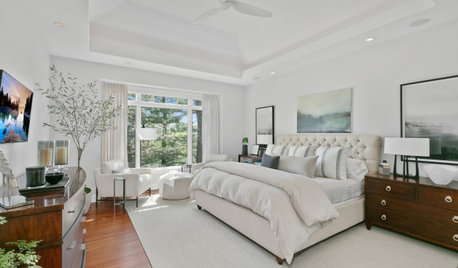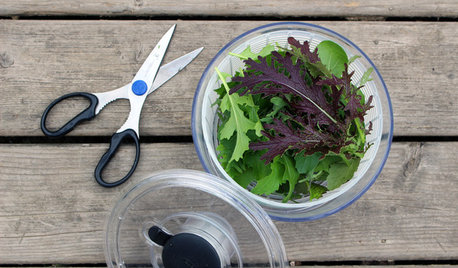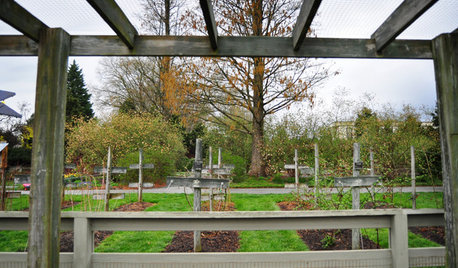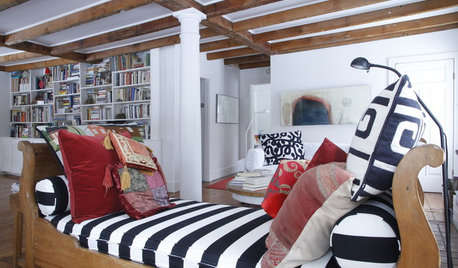Help me design the vegetable garden of my dreams!
McRose
9 years ago
last modified: 9 years ago
Related Stories

LANDSCAPE DESIGNNative Plants Help You Find Your Garden Style
Imagine the garden of your dreams designed with plants indigenous to your region
Full Story
REMODELING GUIDESKey Measurements for a Dream Bedroom
Learn the dimensions that will help your bed, nightstands and other furnishings fit neatly and comfortably in the space
Full Story
FLOWERS AND PLANTSHelp Monarchs and Other Butterflies by Planting Common Milkweed
Summer-blooming Asclepias syriaca is an important larval host plant for the monarch butterfly and attracts a number of pollinating insects
Full Story
PETS6 Ways to Help Your Dog and Landscape Play Nicely Together
Keep your prized plantings intact and your dog happy too, with this wisdom from an expert gardener and dog guardian
Full Story
FARM YOUR YARDThe 8 Tools That Help Bring the Farm to Your Table
Vegetable gardeners get a big assist from these essential helpers
Full Story
BATHROOM WORKBOOKStandard Fixture Dimensions and Measurements for a Primary Bath
Create a luxe bathroom that functions well with these key measurements and layout tips
Full Story
STANDARD MEASUREMENTSThe Right Dimensions for Your Porch
Depth, width, proportion and detailing all contribute to the comfort and functionality of this transitional space
Full Story
GARDENING GUIDESGreat Design Plant: Grow Blueberries for Their Fruit and More
Eastern gardeners should consider growing blueberry plants for their delicious fruits, bee-friendly spring blooms and brilliant fall foliage
Full Story
GARDENING AND LANDSCAPINGVegetable Growing Lessons From Longwood Gardens
Get ideas for your own edible landscape from a Pennsylvania showpiece and teaching garden
Full Story
HOUZZ TOURSMy Houzz: 38 Years of Renovations Help Artists Live Their Dream
Twin art studios. Space for every book and model ship. After four decades of remodeling, this farmhouse has two happy homeowners
Full Story









NHBabs z4b-5a NH
McRoseOriginal Author
Related Professionals
Tomball Landscape Architects & Landscape Designers · Surprise Landscape Contractors · Bedford Heights Landscape Contractors · Berwyn Landscape Contractors · Dinuba Landscape Contractors · Eagle Landscape Contractors · Fountain Valley Landscape Contractors · Mahwah Landscape Contractors · Mission Landscape Contractors · New Berlin Landscape Contractors · Pikesville Landscape Contractors · Post Falls Landscape Contractors · Saint George Landscape Contractors · Wallingford Landscape Contractors · Wentzville Landscape Contractorsdefrost49
gumby_ct
gumby_ct
McRoseOriginal Author
gumby_ct
emmers_m
nancyjane_gardener
tishtoshnm Zone 6/NM
defrost49
balloonflower
nancyjane_gardener